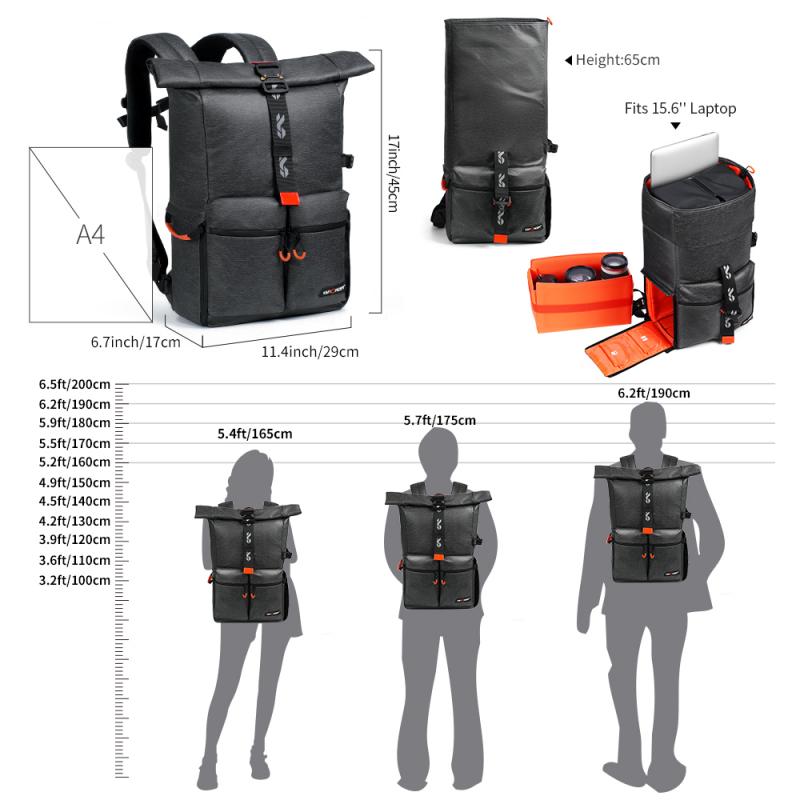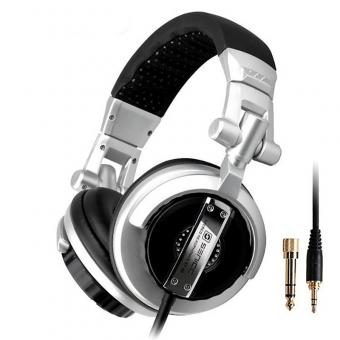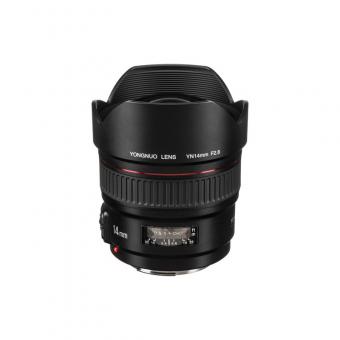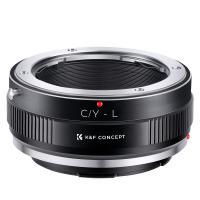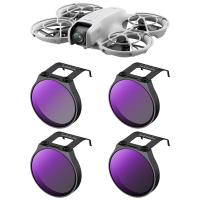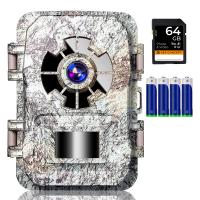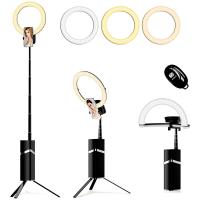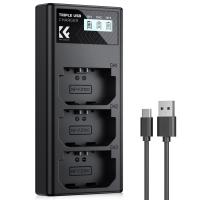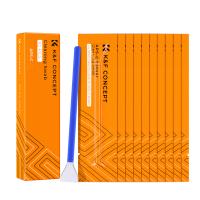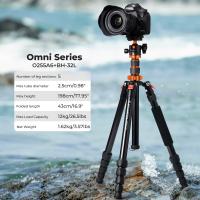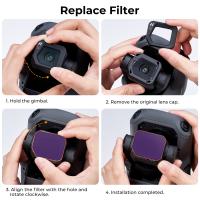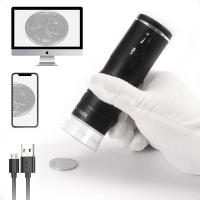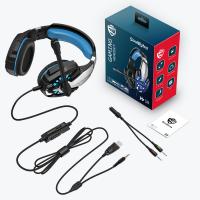How To Shoot Stable Video With Dslr ?
To shoot stable video with a DSLR, there are a few techniques you can use. First, make sure to hold the camera with both hands and keep your elbows close to your body for added stability. Additionally, using a tripod or a stabilizing rig can greatly improve the stability of your shots. If you don't have access to a tripod or stabilizer, you can try bracing yourself against a stable object or using your body as a makeshift stabilizer. Another helpful tip is to use a lens with image stabilization, which can minimize camera shake. Finally, practicing smooth and controlled movements while panning or tracking your subject can also contribute to stable video footage.
1、 Proper camera stabilization techniques for shooting stable video with DSLR
Proper camera stabilization techniques are essential for shooting stable video with a DSLR. Here are some tips to help you achieve smooth and steady footage:
1. Use a tripod: Investing in a good quality tripod is crucial for stable video. It provides a solid base and eliminates camera shake caused by hand movements. Look for a tripod with a fluid head for smooth panning and tilting.
2. Use a shoulder rig or stabilizer: If you need to shoot handheld, consider using a shoulder rig or stabilizer. These accessories help distribute the weight of the camera and provide stability, reducing shaky footage.
3. Utilize image stabilization: Many DSLRs come with built-in image stabilization technology. Enable this feature to minimize camera shake. However, keep in mind that it may not be as effective as using a physical stabilizer.
4. Use a wide-angle lens: Wide-angle lenses tend to be more forgiving when it comes to camera shake. They have a wider field of view, which helps to stabilize the footage.
5. Maintain proper posture: When shooting handheld, maintain a stable posture by keeping your elbows close to your body and using both hands to hold the camera. This helps to minimize camera shake caused by body movements.
6. Slow down your movements: Avoid sudden and jerky movements while shooting. Instead, move the camera smoothly and slowly to maintain stability.
7. Consider using electronic gimbals: Electronic gimbals have become increasingly popular for stabilizing DSLR footage. These devices use motors to counteract camera movements and provide incredibly smooth and stable shots.
Remember, practice makes perfect. Experiment with different stabilization techniques and find what works best for you and your DSLR setup. Stay updated with the latest advancements in camera stabilization technology to enhance your video shooting experience.
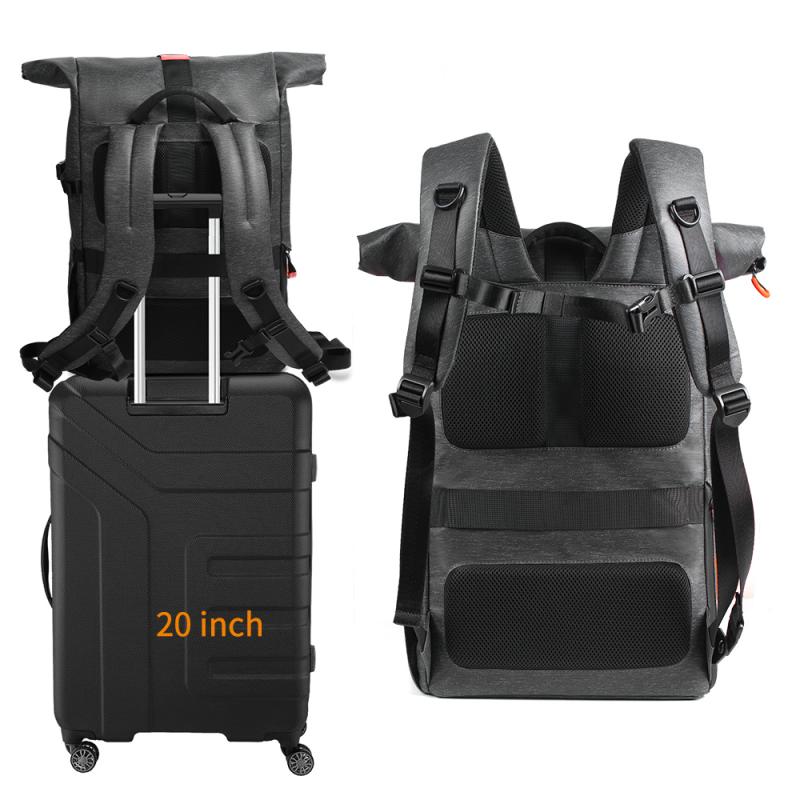
2、 Using tripods and monopods to achieve stable DSLR video footage
To shoot stable video with a DSLR, one of the most effective techniques is to use tripods and monopods. These accessories provide stability and minimize camera shake, resulting in smooth and professional-looking footage.
Tripods are three-legged stands that provide a solid base for your DSLR. They come in various sizes and designs, including lightweight and portable options. When using a tripod, make sure to set it up on a stable surface and adjust the legs to the desired height. Mount your DSLR securely on the tripod head and use the camera's built-in level or a bubble level to ensure it is perfectly straight. This will prevent any unwanted tilting or panning movements.
Monopods, on the other hand, are single-legged supports that offer more mobility compared to tripods. They are particularly useful when shooting in dynamic environments or when you need to move quickly. Monopods provide stability by reducing vertical movements and allowing you to hold the camera steady with one hand while operating it with the other.
In addition to using tripods and monopods, there are a few other tips to consider for shooting stable video with a DSLR. Firstly, use a lens with image stabilization (IS) or vibration reduction (VR) technology. This feature compensates for small movements and helps to reduce camera shake. Secondly, practice proper handholding techniques by keeping your elbows close to your body and using both hands to support the camera. Finally, consider using a camera rig or stabilizer system for more advanced stabilization options.
Overall, using tripods and monopods is a tried and tested method for achieving stable DSLR video footage. However, it's important to adapt to the latest advancements in technology and explore additional stabilization options to enhance the quality of your videos.
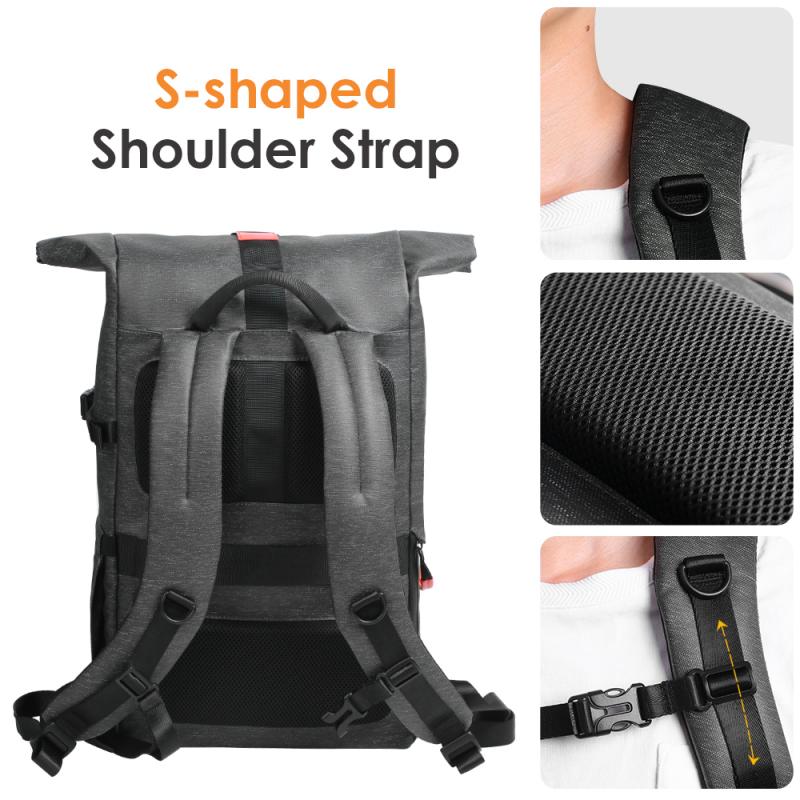
3、 The importance of handheld camera stabilizers for DSLR videography
The importance of handheld camera stabilizers for DSLR videography cannot be overstated. These devices are designed to minimize camera shake and provide stability while shooting videos, resulting in smooth and professional-looking footage. Whether you are a professional videographer or an amateur enthusiast, using a stabilizer can greatly enhance the quality of your videos.
One of the main challenges when shooting with a DSLR is the inherent instability caused by hand movements. Even the slightest shake can be magnified and result in shaky footage. This is where camera stabilizers come in. They provide a solid and steady platform for your camera, allowing you to capture smooth and stable shots.
There are several types of camera stabilizers available in the market, including handheld gimbals, shoulder rigs, and steadicams. Handheld gimbals, in particular, have gained popularity in recent years due to their ease of use and effectiveness in stabilizing footage. These devices use advanced stabilization technology to counteract camera movements and keep the footage steady.
To shoot stable video with a DSLR, it is important to choose the right camera stabilizer for your needs. Consider factors such as the weight and size of your camera, the type of shots you want to capture, and your budget. Additionally, practice is key. Familiarize yourself with the stabilizer and learn how to balance and operate it effectively.
In addition to using a camera stabilizer, there are other techniques you can employ to shoot stable video with a DSLR. These include using a tripod whenever possible, maintaining proper posture and grip while shooting, and using image stabilization features available on some DSLR cameras.
In conclusion, handheld camera stabilizers are essential tools for DSLR videography. They provide stability and minimize camera shake, resulting in smooth and professional-looking footage. By choosing the right stabilizer and practicing proper shooting techniques, you can capture stable videos that will impress your audience.
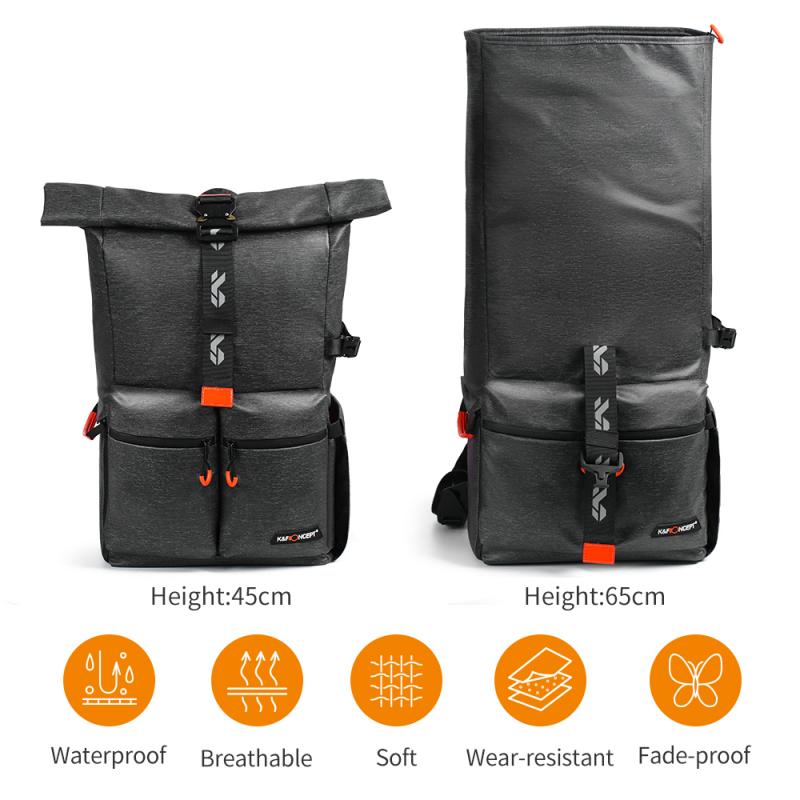
4、 Exploring electronic image stabilization options for DSLR video shooting
Exploring electronic image stabilization options for DSLR video shooting is a great way to achieve stable video footage. While DSLRs are primarily designed for photography, they have become increasingly popular for shooting high-quality videos. However, one of the challenges with DSLR video shooting is the lack of built-in stabilization, which can result in shaky footage.
To shoot stable video with a DSLR, there are a few options to consider. Firstly, investing in a good quality tripod is essential. This will provide a stable base for your camera and eliminate any unwanted camera movements. Additionally, using a tripod with a fluid head will allow for smooth panning and tilting movements.
Another option is to use a camera stabilizer or gimbal. These devices are designed to counteract camera shake and provide smooth, stable footage. They work by using motors and sensors to detect and compensate for any unwanted movements. There are various types of stabilizers available, ranging from handheld gimbals to larger, more advanced stabilizing systems.
Furthermore, some DSLRs offer electronic image stabilization (EIS) as a built-in feature. EIS uses software algorithms to reduce camera shake and produce smoother footage. However, it's important to note that EIS may result in a slight loss of image quality or a crop factor, so it's advisable to test and adjust the settings accordingly.
Lastly, post-production stabilization techniques can also be employed. Software such as Adobe Premiere Pro or Final Cut Pro X offers tools to stabilize shaky footage. These programs use algorithms to analyze the movement in the video and apply corrections to smooth out the footage.
In conclusion, shooting stable video with a DSLR can be achieved through various methods such as using a tripod, investing in a camera stabilizer or gimbal, utilizing built-in electronic image stabilization, or employing post-production stabilization techniques. Each option has its advantages and limitations, so it's important to choose the one that best suits your needs and budget.
